A superconducting qubit-metamaterial system creates a scalable lattice quantum simulator.
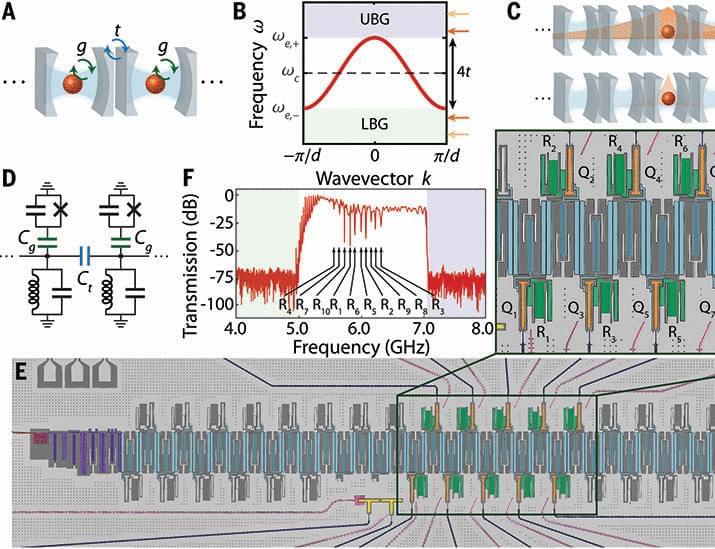


The method detects all the objects in the room and cancels out the static objects.
Researchers have been working on ways to “see” people without using cameras or expensive LiDAR hardware for years. In 2013, a team of researchers at MIT found a way to use cell phone signals to see through walls. In 2018, another MIT team used WiFi to detect people in another room and translate their movements into walking stick figures. Now, researchers at Carnegie Mellon University and the University of Waterloo are advancing our ability to see through walls using WiFi.
Sauliakas/iStock.
The technology works by sending a low-powered WiFi signal through a wall, which reverberates around the room. It detects all the objects in the room, cancels out the static objects, and when the signal bounces back, uses the reflection of moving objects to generate a radar-like image. It can work through standard drywall, wooden fences, and even concrete walls, though the range and accuracy depend on the type of wall.

Roman concrete has mostly stood the test of time. The Pantheon for example was dedicated in 128 CE and has the world’s largest unreinforced concrete dome. Today, it’s still intact.
Even some ancient Roman aqueducts still deliver water to Rome.
On the other hand – In your town or city you probably have at least one piece of brutalist architecture. Big in the 50s and 60s, these now controversial concrete structures were considered utilitarian and long lasting. Yet today, without restoration, some of these reinforced concrete buildings have begun to crumble.
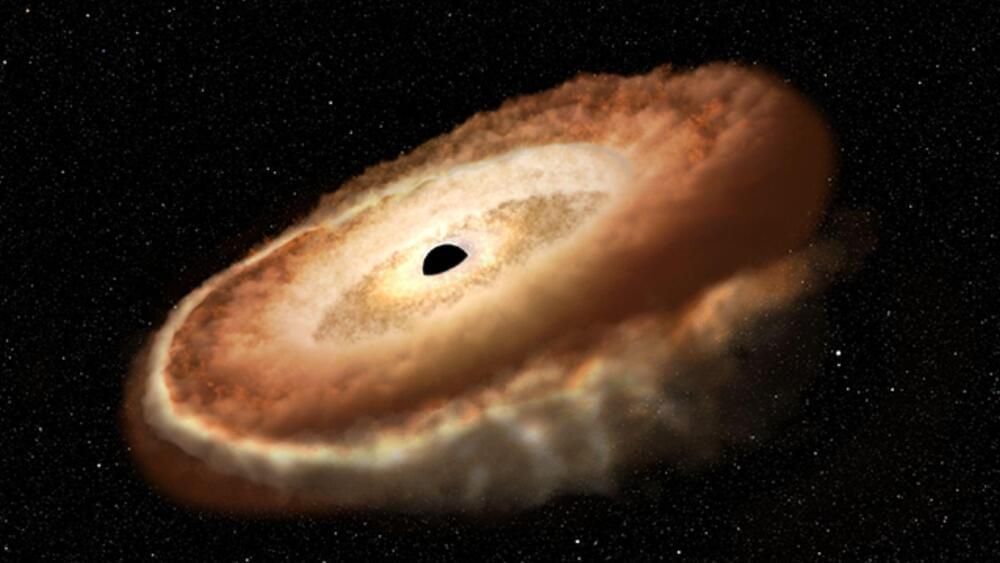
New Hubble Space Telescope readings show the last moments of a star before it’s devoured by a black hole.
Astronomers used NASA’s iconic Hubble Space Telescope to record detailed observations of a star’s final moments before it was torn apart by a black hole.
As per a NASA blog post, the astronomers used Hubble to focus on the immense gravitational impact on the dying star.
NASA, ESA, Leah Hustak (STScI)
The violent encounter, also known as a “tidal disruption event,” both pulls in material from the star and also shoots radiation out into the cosmos. In the process, a massive donut-shaped gas cloud is formed.

When searching for catalysts for the energy transition, materials consisting of at least five elements are considered highly promising. But there are theoretically millions of them—how do we identify the most powerful one?
A Bochum-based research team led by Professor Alfred Ludwig, head of the Materials Discovery and Interfaces Department (MDI), has succeeded in placing all possible combinations of five elements on a carrier in a single step. In addition, the researchers developed a method to analyze the electrocatalytic potential of each of the combinations in this micromaterial library in high throughput.
This is how they hope to speed up the search for potential catalysts by a considerable degree. The team from Ruhr University Bochum published its findings in the journal Advanced Materials.
Researchers in Drexel University’s College of Engineering have developed a thin film device, fabricated by spray coating, that can block electromagnetic radiation with the flip of a switch. The breakthrough, enabled by versatile two-dimensional materials called MXenes, could adjust the performance of electronic devices, strengthen wireless connections and secure mobile communications against intrusion.
The team, led by Yury Gogotsi, Ph.D., Distinguished University and Bach professor in Drexel’s College of Engineering, previously demonstrated that the two-dimensional layered MXene materials, discovered just over a decade ago, when combined with an electrolyte solution, can be turned into a potent active shield against electromagnetic waves.
This latest MXene discovery, reported in Nature Nanotechnology, shows how this shielding can be tuned when a small voltage—less than that produced by an alkaline battery—is applied.
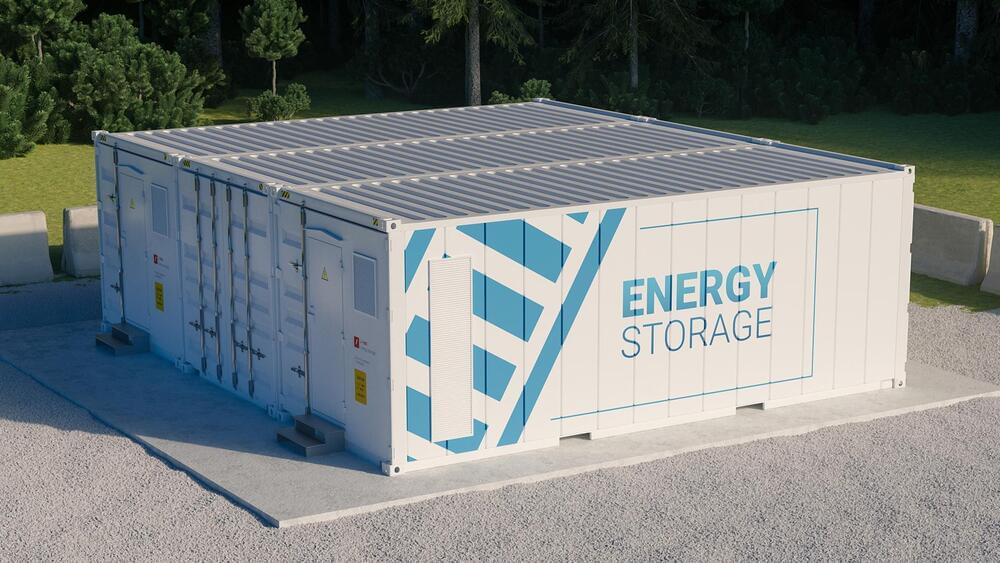
Australia has all the key critical minerals to power the next 100 years.
An Australian-based startup, Recharge Industries Pty, is planning to build a A$300 million (US$210 million) factory that can build lithium-ion batteries that do not have materials imported from China, Bloomberg.
Though Australia is the world’s largest supplier of lithium, a vital battery metal, it currently sends most of its battery raw materials to be processed into components in China.
Petmal/iStock.
Currently, China accounts for the majority of lithium-ion battery manufacturing facilities. Other nations are striving to seek alternatives to the Asian country.

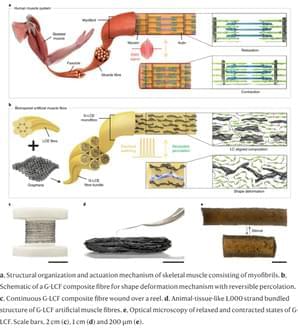
A team of researchers at the Korean Advanced Institute of Science (KAIST) has succeeded in developing a new artificial muscle using graphene-liquid crystal composite fibers.
The team, led by Professor Kim Sang-ouk of the Department of Materials Science and Engineering, stressed that the artificial muscle was found to be the most similar to human muscle among those reported to the scientific community so far.
Also, the artificial muscle showed up to 17 times stronger strength when compared to human muscles.
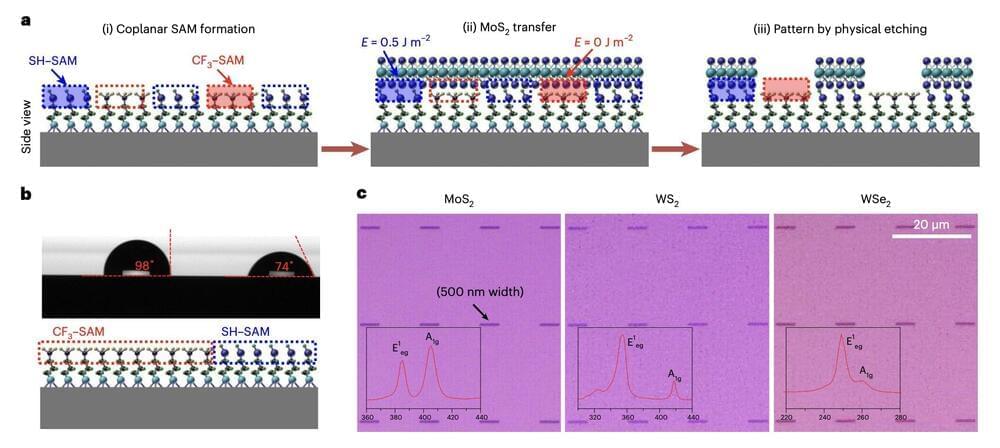
Electronics engineers are continuously trying to develop thinner, more efficient and better performing transistors, the semiconductor devices at the core of most modern electronics. To do this, they have been evaluating the potential of a broad range of materials.
Transition metal dichalcogenides (TMDs), compounds based on transition metals and chalcogen elements, have very attractive electronic and mechanical properties that make them promising candidates for the development of future generations of transistors. Most notably, they have an atomically thin structure with no dangling bonds and a bandgap similar to that of silicon.
Despite their advantageous characteristics, TMDs have not yet been used to create transistors on a large scale. The main reason for this is the weak adhesion energy at the interface between these materials and substrates, which makes their widespread fabrication challenging.